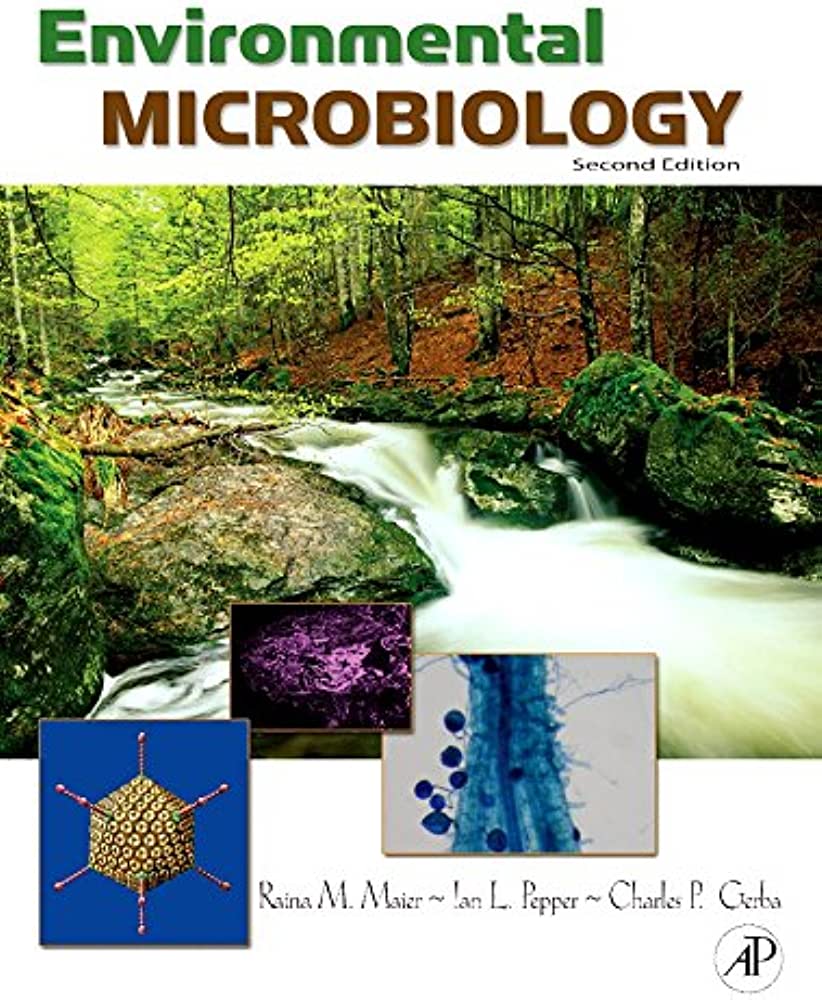Microorganisms are everywhere. They are in the air, in the soil, in water, on plants and animals. They are even inside our bodies! Most of these microorganisms are harmless, and some are even helpful to us. But some can make us sick.
Environmental microbiology is the study of microorganisms in the environment and their interactions with other organisms and their surroundings. This includes the study of how microorganisms affect the environment and how the environment affects them. It also includes the study of how microorganisms can be used to clean up contaminated sites or to generate energy.
There are many different types of microorganisms, including bacteria, viruses, fungi, protozoa, and algae. Bacteria are single-celled organisms that can reproduce quickly. Some bacteria cause disease, while others help us digest food or produce essential vitamins. Viruses are even smaller than bacteria and can only reproduce inside other cells. Fungi include mushrooms, yeast, molds, mildews, rusts, smuts, truffles, and morels. Fungi can live on dead organic matter or they may parasitize living plants or animals. Protozoa are single-celled eukaryotes (cells with a nucleus) that usually live in watery environments such as ponds or streams. Algae are plant-like organisms that range in size from microscopic single cells to large seaweeds several meters long. Many algae provide food for fish and other aquatic creatures; some algae produce toxins that can harm humans or animals; and some algae contribute oxygen to Earth’s atmosphere through photosynthesis . .
Environmental microbiologists study all aspects of microbial ecology , including where microbes live (their habitats), what they eat (their substrates), how they obtain energy (through metabolism), what environmental factors influence their growth (such as temperature or pH), how they interact with other microbes (in symbiotic relationships), and how they affect their surroundings (such as by decomposing organic matter). Environmental microbiologists also work to understand how human activities impact microbial communities , both positively and negatively . For example , environmental microbiologists may study how sewage treatment plants impact local bacterial communities or how bioremediation can be used to clean up oil spills . Additionally , environmental microbiologists work to find new ways to use microbes for purposes such as generating renewable energy or cleaning up contaminated sites .
A career in environmental microbiology offers many opportunities for discovery , whether it’s finding a new way to treat waste water at a sewage treatment plant , developing a method for cleaning up an oil spill , discovering a previously unknown species of bacterium , or identifying a new strain of virus .


